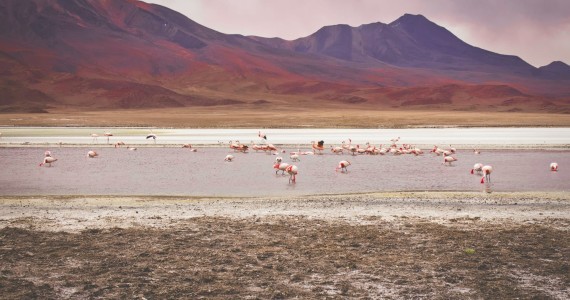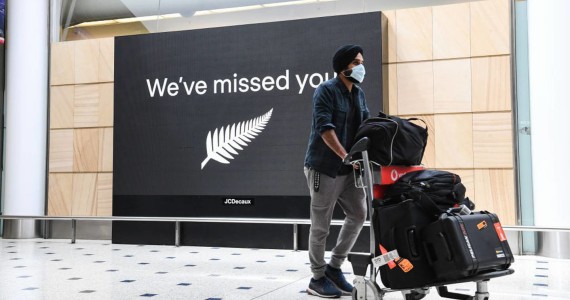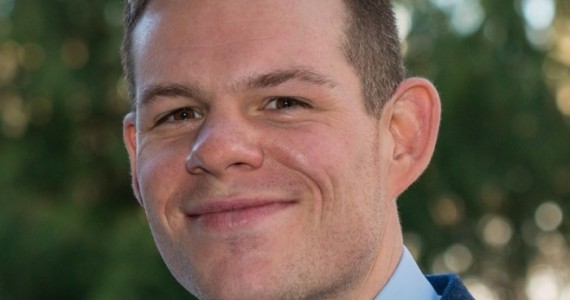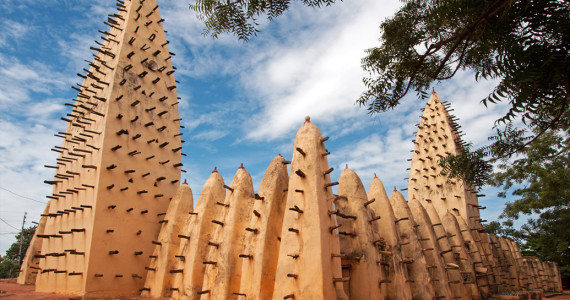Sponsored Listings:
A tour group pauses in front of a statue of Seattle Slew during a tour of Three Chimneys Farm in Midway, Ky. Some of the best-known farms in Kentucky’s scenic horse country are borrowing from another of the state’s contributions to the good life – Kentucky’s bourbon whiskey distilleries – in an effort to win new recruits to an aging and shrinking fan base. Ed Reinke / Associated Press
Camera-toting visitors to the grounds at Three Chimneys Farm can get a glimpse of the pampered lives of thoroughbred stallions — the star attractions that frolic in lush paddocks or relax in stately stalls when they aren’t in the breeding shed.
Some of the best-known farms in Kentucky’s horse country are borrowing from another of the state’s contributions to the good life — bourbon whiskey distilleries — in an effort to win new recruits to horse racing’s aging and shrinking fan base.
“I’d say they’re living the good life,” said farm worker Anna Hair, who recently led 15 tourists on a springtime tour of stone buildings and manicured lawns amid sprawling pastures.
The farms are taking cues from the overwhelming success of the Kentucky Bourbon Trail, and hope to develop a thoroughbred trail that can connect with fans.
Ahead of this weekend’s Kentucky Derby, nearly 30 horse farms have teamed up to create the trail. Each member ponied up $10,000 to get the initiative started through Horse Country Inc., a Lexington-based, not-for-profit organization.
People visiting farms are more likely to root for horses produced by those farms, said Brutus Clay, co-owner and president of Runnymede Farm near Paris, Kentucky. The goal is to keep those fans connected to the farms in an ongoing way through social media.
“We actually might have the most potent tool to convert fans,” Clay said. He was among the early supporters, known as the “mule team,” who pushed for the project.
Racehorses often spend just a fraction of their lives on the racetrack, and there’s “a whole other story to tell” about the lives of stallions, mares, yearlings and foals, he said.
“There’s a certain amount of romance to it,” he said.
The tourism initiative gained a foothold after a sobering 2011 study commissioned by The Jockey Club that said horse racing was losing the battle for new bettors and fans.
Without new growth strategies, the study predicted that thoroughbred racing’s handle would decline by 25 percent in the next decade and the number of viable tracks would fall by 27 percent.
Horse racing enthusiasts were older than fans of several other sports, the study said, and the average age of racing fans was projected to increase by 6 years by 2020.
The initiative gained more momentum when a review by the Disney Institute — paid for by a group of horse farms — pointed to the untapped tourism potential of the Bluegrass region.
That got the mule team thinking about another Kentucky staple — bourbon.
The Kentucky Bourbon Trail, featuring many of the industry’s top-producing distilleries, had 762,009 visits in 2015, up 22 percent from the prior year’s record pace, according to the Kentucky Distillers’ Association. When combined with the Kentucky Bourbon Trail Craft Tour, featuring a collection of small distilleries, the two trails attracted nearly 900,000 visits last year.
The bourbon tourism venture started in 1999 but didn’t start hitting its stride until about a decade ago, said distillers’ association President Eric Gregory.
Gregory said he sees plenty of potential for a thoroughbred trail, but said building the brand of bourbon tourism “took a lot of hard work and time.”
There’s plenty of star power at farms participating in the Horse Country initiative. Coolmore’s Ashford Stud is home to Triple Crown winner American Pharoah. Kentucky Derby winners Animal Kingdom and Street Sense are at Darley’s Jonabell Farm. Gainesway features leading sire Tapit. Claiborne was home to the great Secretariat, and fans still visit his grave. Stonestreet is home to former Horse of the Year Rachel Alexandra. Darby Dan was a filming location for the movie “Secretariat.”
Most participating horse farms were fully booked for Derby week tours, and some added tours or allowed larger tour groups to meet demand, said Anne Sabatino Hardy, executive director of Horse Country.
Bringing visitors to working farms with spirited animals will be a balancing act, Clay said.
During a recent tour at Runnymede, visitors looked at a picture of an ultrasound that a veterinarian had performed on a pregnant mare, Clay said. The veterinarian took time to explain the process and what the ultrasound showed.
“We were able to observe in a respectful way that gave people an insight into what a working farm is like, while not severely compromising the operations of the farm,” he said.
At the recent Three Chimneys tour, the visitors clicked photos of Will Take Charge, a leading sire whose career included wins in the Travers and Pennsylvania Derby.
The chestnut stallion stood calmly outside his stall. “He’s a little bit of a ham,” Hair said.
Her one admonition was that visitors not try to pet the horses, but she framed it as a marketing tip.
“It’s not a great end of a tour when a horse mistakes a finger for a carrot,” she said.
Source: skift.com









